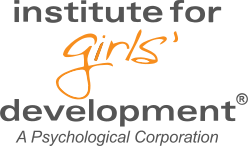Check out our list of resources related to self-injury:
Source: Nationwide Children’s Hospital
This article helps to answer questions related to what self-injury is, why people self-injure, its relation to suicidal behavior, signs to look for, how it’s treated and recovery.
Source: Cornell Research Program on Self-Injury and Recovery
This article discusses how to identify if your child is self-injuring, dealing with your feelings about it, talking to your child about their self-injury (including what not to say), finding treatment, and supporting your child throughout the process.
by Michael Hollander, PhD
Book Synopsis: Discovering that your teen “cuts” is absolutely terrifying. Is your teen contemplating suicide? How can you talk to him or her about this frightening problem without making it worse or driving a wedge between you? Dr. Michael Hollander is a leading authority on self-injury and dialectical behavior therapy (DBT). In this compassionate, straightforward book, Dr. Hollander spells out the facts about cutting–and what to do to make it stop. Vivid stories illustrate how out-of-control emotions lead some teens to hurt themselves, and how proven treatments such as DBT can help. You’ll learn concrete strategies for parenting your emotionally vulnerable teen, building his or her skills for coping and problem solving, dealing with crises, and finding an effective therapist or treatment program.
DBT is a “known-to-work” therapeutic approach to help clients build the skills they need to cope with the intense feelings that sometimes result in self-injury behaviors. This link includes articles and resources from the DBT Team at the Institute.
Source: USC’s Suzanne Dworak-Peck School of Social Work
This article by the University of Southern California’s School of Social Work provides facts and information about self-harm, as well as prevention and intervention strategies.
Original publish date October 2018.


